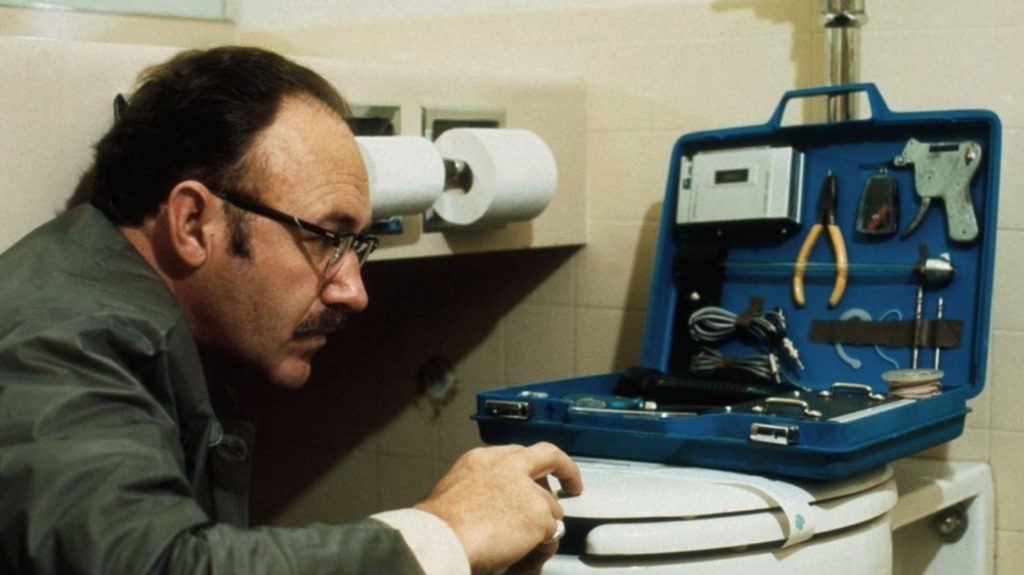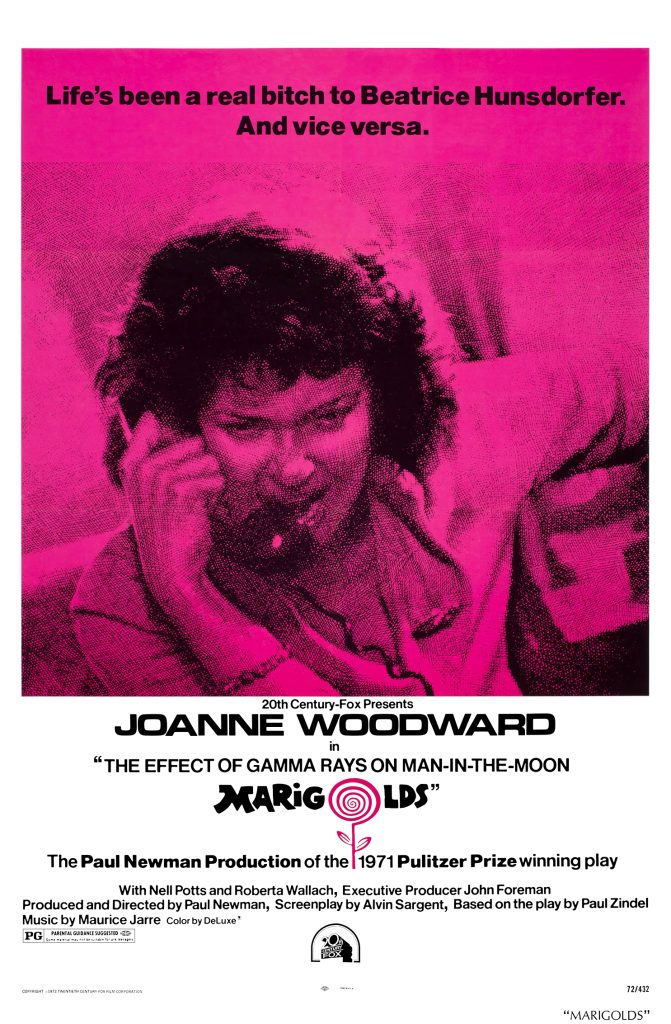“Casino” (1995): A High-Stakes Masterpiece of Crime and Consequence – Film Review

Martin Scorsese’s “Casino,” released in 1995, is often seen through the shadow of its predecessor, “Goodfellas,” due to the thematic and stylistic similarities between the two films. Initially perceived by some as a lesser sequel to “Goodfellas,” “Casino” has since undergone a critical reevaluation, with many now recognizing it as a more accomplished and artistically mature work.
Narrative Complexity and Character Study
“Casino” unfolds the story of the rise and fall of a gambling empire in Las Vegas, focusing on the complex dynamics between its main characters: Sam “Ace” Rothstein (Robert De Niro), a meticulous and ambitious casino operator; Nicky Santoro (Joe Pesci), a volatile and brutal enforcer; and Ginger McKenna (Sharon Stone), a manipulative and troubled former hustler. Unlike “Goodfellas,” which presents the mob life through a linear, personal narrative, “Casino” offers a broader exploration of the mechanisms and moral decay within the system of organized crime, set against the backdrop of a rapidly changing Las Vegas.
Behind the Scenes: Crafting the World of “Casino”
The production of “Casino” was marked by Scorsese’s attention to detail and commitment to authenticity. Filming took place in actual Las Vegas locations, including the iconic Riviera Casino, which lent the film an air of authenticity and immersion. Scorsese, alongside screenwriter Nicholas Pileggi, meticulously researched the real-life events that inspired the film, infusing the narrative with a sense of lived-in reality.
The costume design by Rita Ryack and John A. Dunn played a crucial role in defining the characters and the era, with each outfit reflecting the extravagance, excess, and eventual decline of the characters and their empire. The film’s use of color, particularly the extensive use of red, symbolizes the lust, power, and violence that drive the narrative.
Performance and Character Depth
The performances in “Casino” are a standout aspect, with De Niro, Pesci, and Stone delivering some of their career-best work. De Niro’s portrayal of Rothstein is a study in control and restraint, contrasting sharply with Pesci’s explosive Santoro. Stone’s performance as Ginger is particularly noteworthy, offering a complex portrayal of ambition, vulnerability, and desperation, earning her an Academy Award nomination.
Artistic Maturity and Thematic Depth
Over time, “Casino” has been recognized for its thematic depth and narrative ambition, which surpass the scope of “Goodfellas.” While both films explore the lives of mobsters, “Casino” delves deeper into the systemic corruption and the intricate relationship between the mob, money, and power structures. The film’s exploration of themes such as trust, loyalty, greed, and the American dream gone awry provides a more nuanced and cynical view of the world.
Cinematic Style and Influence
Scorsese’s directorial prowess is evident in the film’s dynamic editing, extensive use of voiceovers, and elaborate tracking shots, which have become hallmarks of his style. The film’s elaborate set pieces, combined with its meticulous pacing and editing, particularly in the scenes depicting the inner workings of the casino, are masterclasses in filmmaking.
Legacy and Reevaluation
While “Casino” was initially seen as living in the shadow of “Goodfellas,” its critical standing has significantly increased over the years. The film is now celebrated for its ambitious narrative, stylistic sophistication, and the depth of its character studies. Its portrayal of the rise and fall of a casino empire serves as a metaphor for the larger American societal and moral decline, offering a darker, more complex vision than the more personal narrative of “Goodfellas.”
In retrospect, “Casino” is not just a companion piece to “Goodfellas” but a distinct, ambitious work that expands on the themes of crime, power, and corruption. It stands as a testament to Scorsese’s maturation as a filmmaker and his ability to craft compelling narratives that explore the human condition against the backdrop of America’s seedy underbelly. Through “Casino,” Scorsese and his collaborators created a film that not only captures the essence of an era but also serves as a timeless reflection on the complexities of power, greed, and the American dream.




